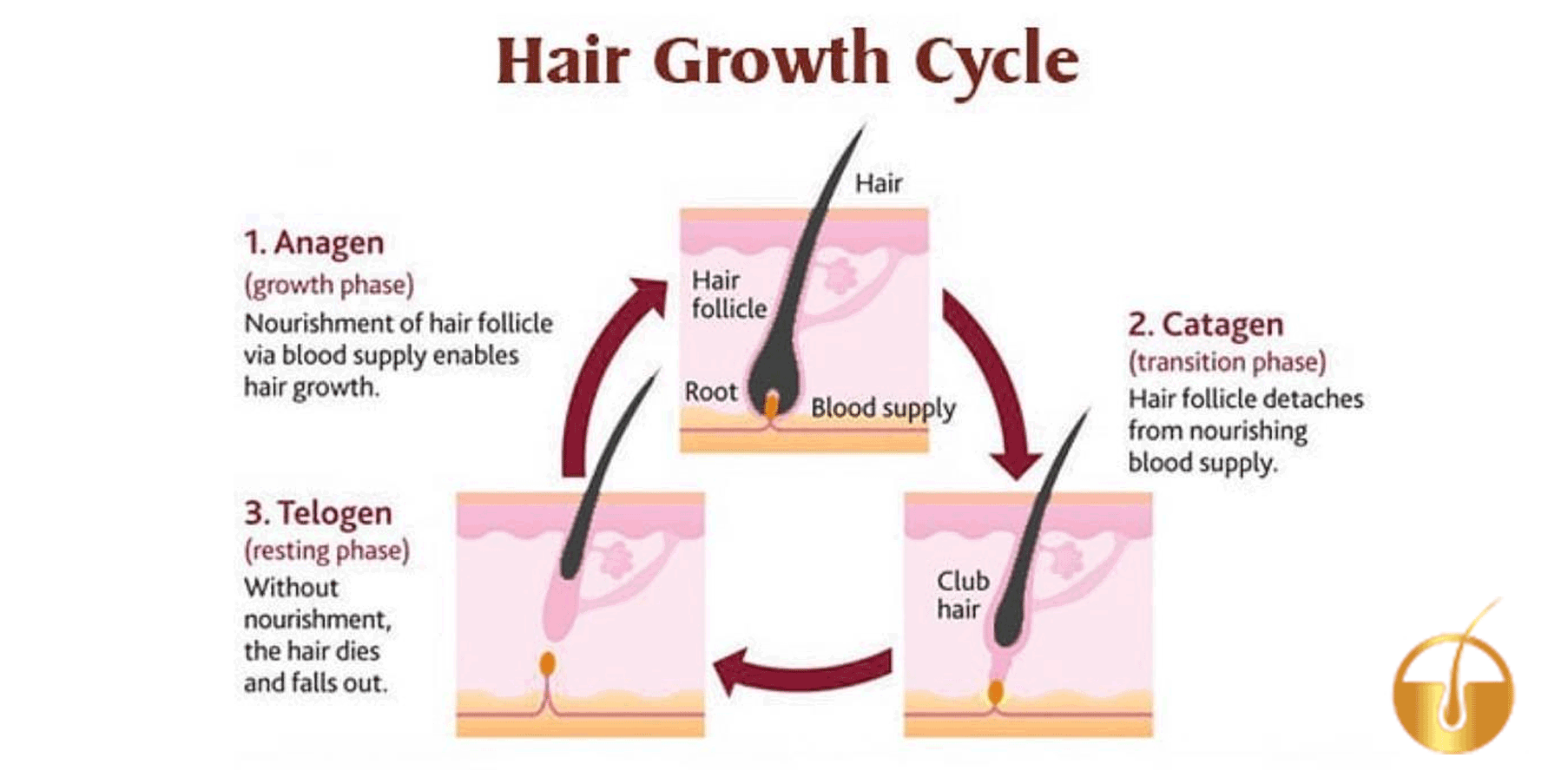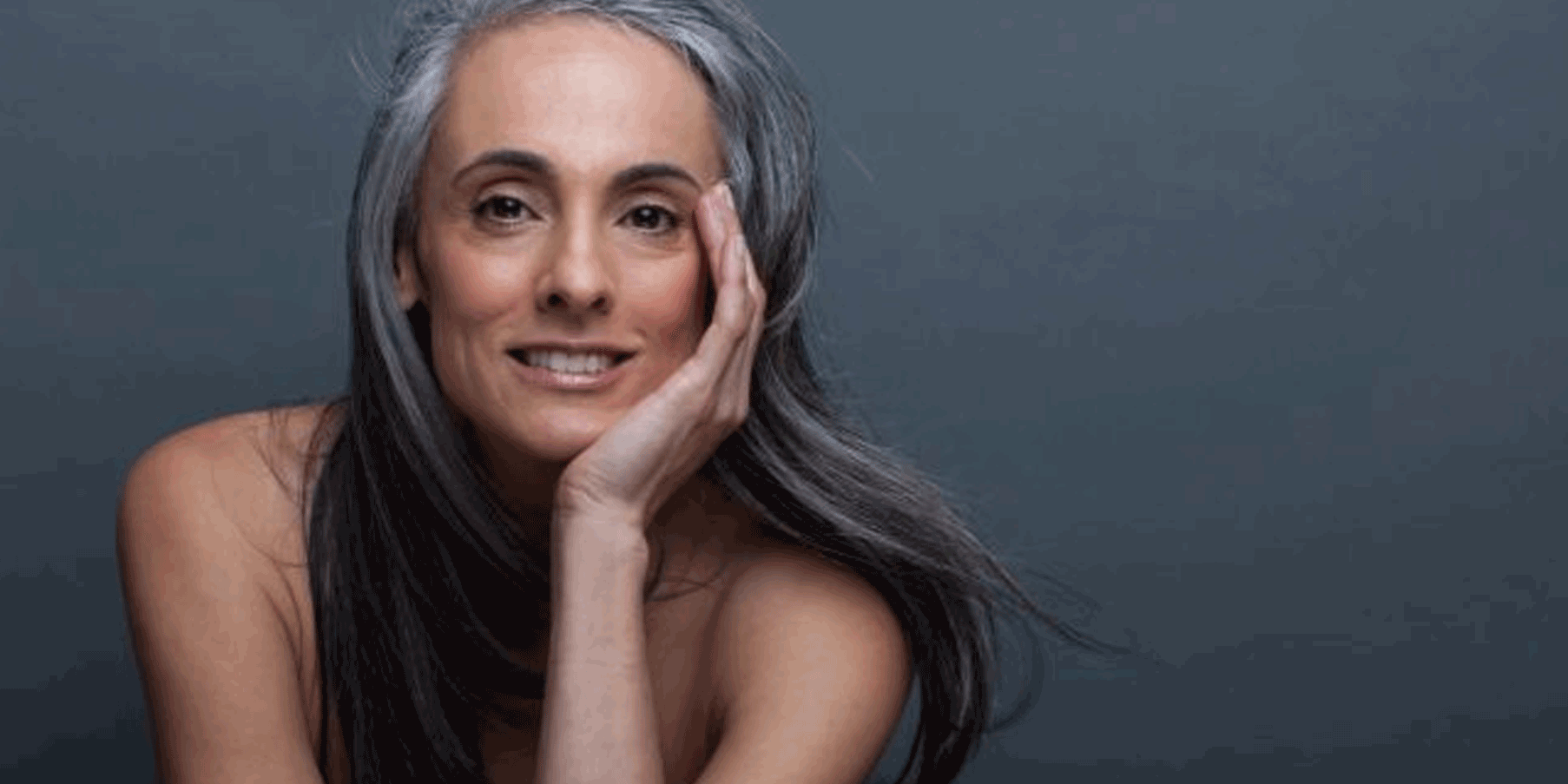How Do Hair Follicles Die?
By Follipur May 16, 2020
If your scalp is not growing visible hair, it does not mean that the hair follicles are dead. In order to completely kill a hair follicle, damage needs to be done to the root of the hair follicle where the blood supplies it with oxygen – which can significantly longer than people generally believe. In addition, the hair follicle stem cells responsible regeneration need to be lost.
This is a message of hope: unless you have had a scar tissue or follicles have died during an extremely long-term balding process. A hair follicle is a complex mechanism which, before dying from “natural causes,” goes through longer cycles and stages: anagen > telogen > anagen. This natural process takes years if not decades even if you started seeing the early signs of hair loss.
Hair Cycles & the Hair Follicle Death

In many animals, the hair growth cycle is needed to renew the protective covering of body hair, while also enabling seasonal changes in coat quality and colour. The length of these phases determines the length of the hair and its replacement rate (think of hair shedding).
In humans, such cycles determine the characteristics of hair across different body areas and also helps to explain what happens in hair loss. The cyclical nature of hair growth has a distinct purpose, however, biologists and technologists are very keen to understand the transitions between the phases of the cycle in order to manipulate hair growth.
Instead of diving to the stages of anagen (growth), catagen (detachment) and telogen (falling out) – stages of hair growth, we’re now taking a look at the larger cycles that span the entire lifetime of a hair follicle, rather than hair itself. These stages are (1) lanugo (2) vellus and (3) terminal.
What is Lanugo Hair?

When we are born, some of us show up with lanugo hair already – a downy-like soft hair. It is the first hair to be produced by baby hair follicles and it will typically appear on the fetus at about 5 months of gestation. It normally begins disappearing on its own within a few weeks after birth.
What is Vellus Hair?
Lanugo is replaced by a hair covering the same surfaces called vellus hair. This hair is usually thinner and more difficult to see. This is commonly called “peach fuzz”, hair on most of the body, other than head, eyelashes and eyebrows.

What is Terminal Hair?
Some vellus hair changes as we transition into adulthood, these are called “terminal” hair which form in specific areas and are hormone-dependent. It is commonly present in armpit, pubic, chest areas in both genders which react to hormonal changes in the human body – can be due to puberty, menopause, hormonal medication, or even the birth control pill. Terminal hair has a medulla (a central “spine” of the hair) which is typically non-existent in finer hair. The medulla is the portion of the hair’s core that strengthens it, often allowing it to grow long.
Hair Follicle Miniaturisation Preceding its Death
During the hair thinning or balding process terminal hair progresses back into vellus hair during a follicle miniaturisation stage, before completely dying. However for the hair follicle to die completely it takes an extremely long time and some research around stem cells in the hair growing areas point to the fact that even after hair follicle does effectively die some stem cells can create new hair follicles.
It is important to note, that just because there is no visible hair – it does not mean that hair follicle is dead. Oftentimes even on a ‘bald-as-a-knee’ head, there is some peach fuzz that points to the fact that the follicles aren’t dead, they are just in a different stage.
What is a Dead Hair Follicle?
It is important to understand at the miniaturisation stage hair follicles begin experiencing a reduction in blood supply. The lack of appropriate blood circulation worsens and speeds up the hair loss, since the root no longer receives oxygen and other nutrients normally delivered by blood vessels connected to hair via an extension known as derma papilla. Therefore this lack of nutrition leads to a cycle of hair miniaturisation and with time, follicle death.
Stem Cells & Hair Follicle Re-Birth
Aside from the differentiation between vellus hair and terminal hair, there are a number of stem cells present in scalp. Those stem cells need to transition to the “progenitor” stage before leading to hair growth. Interestingly, in balding men, scientists observed the same amount of stem cells in the balding areas as in the non-balding areas, though in the non-balding areas there was simply a greater number of activated progenitor cells.
Patterns of Baldness
Androgenic alopecia (AGA) – commonly the reason behind hair thinning and pattern baldness, is not limited to just men. AGA first highlights specific areas that exhibit thinning of the hair: specifically frontal and vertex (crown) areas. These are the areas with most androgen-receptors – therefore those that react the most to the hormone dihydrotestosterone (DHT) attacking them, ultimately leading to hair follicle miniaturisation and visible baldness. As such, many treatments for baldness attempt to convert vellus hair back to terminal hair by preventing DHT from attacking the hair root. However DHT blockers have come under scrutiny in recent year due to the chemicals they are often combined with causing long-term accelerated hair loss. Because it is much easier to reverse the hair thinning, while hair follicle produces at least some type of hair, natural hair loss treatments are often more efficient in delivering visible results faster, before the hair enters the vellus stage.
While hair loss is common amongst balding males, there are plenty of instances of androgenic female pattern hair loss, especially linked to menopause and pregnancy, due to changes in hormonal balance and increase in production of androgens. That said, the process of hair follicles going back to vellus hair before completely dying applies to all genders.
Acting Early is Key
The good news is that if you have ANY hair – even if it just looks like fluff – it means that your hair follicles are alive and kicking. They might need support – through the right nutrients, hormone regulation and stimulated blood flow – but there is absolutely something you can do about it.
While balanced, nutrient-rich diet, right supplements and exercise are paramount in achieving hair growth – stimulation of blood flow in the scalp is key. It isn’t as easy as popping medicines and spraying minoxidil on your hair roots, blood flow stimulation of scalp is one of the most promising sustainable solutions for improved hair growth, re-growth and reduction of hair loss. Luckily, you can try out Follipur Hair Regrowth Treatment with AnaGain; it stimulates the blood flow to the hair follicles and delivers its own nutrients directly on your scalp.
In conclusion, hair thinning and hair loss treatments are most efficient in the early stages of hair loss – when you just start noticing hair thinning and some smaller. It is much harder to revive a dead hair follicle and stimulate formation of progenitor cells – than the one which is still operating. Chemical treatments can often due more harm than good, so physicians and scientists will often recommend proven natural solutions as a sustainable way to grow back your hair.
References:
https://www.jci.org/articles/view/44478
https://onlinelibrary.wiley.com/doi/full/10.1111/ics.12041
https://www.sciencedirect.com/science/article/pii/S0190962212006305
https://www.ncbi.nlm.nih.gov/pubmed/2715645
